Patriots Point Ferries Currently Wheelchair Inaccessible
Ferries to Fort Sumter from Patriots Point are not currently accessible for individuals who use mobility assistance devices or have trouble navigating stairs. Visitors with these needs should depart from the Fort Sumter Visitor Center at Liberty Square.
Fort Moultrie Fishing Dock Closure
The Fort Moultrie Fishing Dock is currently under construction through Spring 2026.
| Title | Fort Sumter and Fort Moultrie |
| Park Code | fosu |
| Description | Two forts stand at the entrance of Charleston Harbor. Patriots inside a palmetto log fort, later named Fort Moultrie, defeated the Royal Navy in 1776. As Charleston blazed a path towards secession to preserve slavery, construction on a new fort, ... |
| Location | |
| Contact | |
| Activities |
|
| Entrance fees |
Entrance - Per Person
$10.00
Fort Moultrie charges a per person entrance fee for adults. Anyone 16 years old or older is considered an adult.
|
| Campgrounds | Count: 0
|
| Places | Count: 12
1809 Powder Magazine in Fort MoultrieThe 1809 powder magazine inside Fort Moultrie is a free standing structure dating to the fort's original construction. 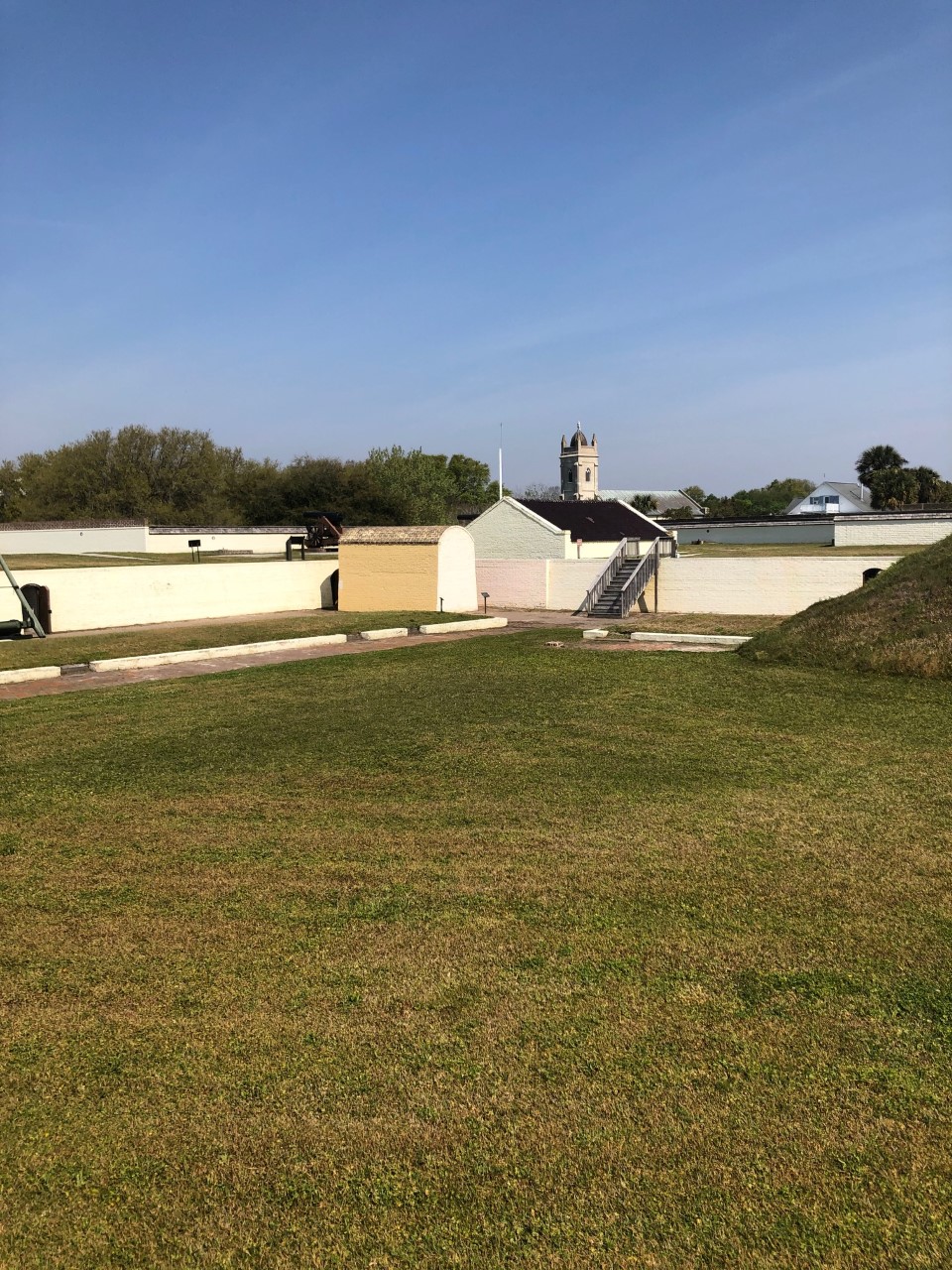
Battery Bingham & Battery McCorkleBattery Bingham and Battery McCorkle are located along the south seawall of Fort Moultrie. These Endicott Period batteries represent the modernization of Fort Moultrie during the 1890s and early 1900s. 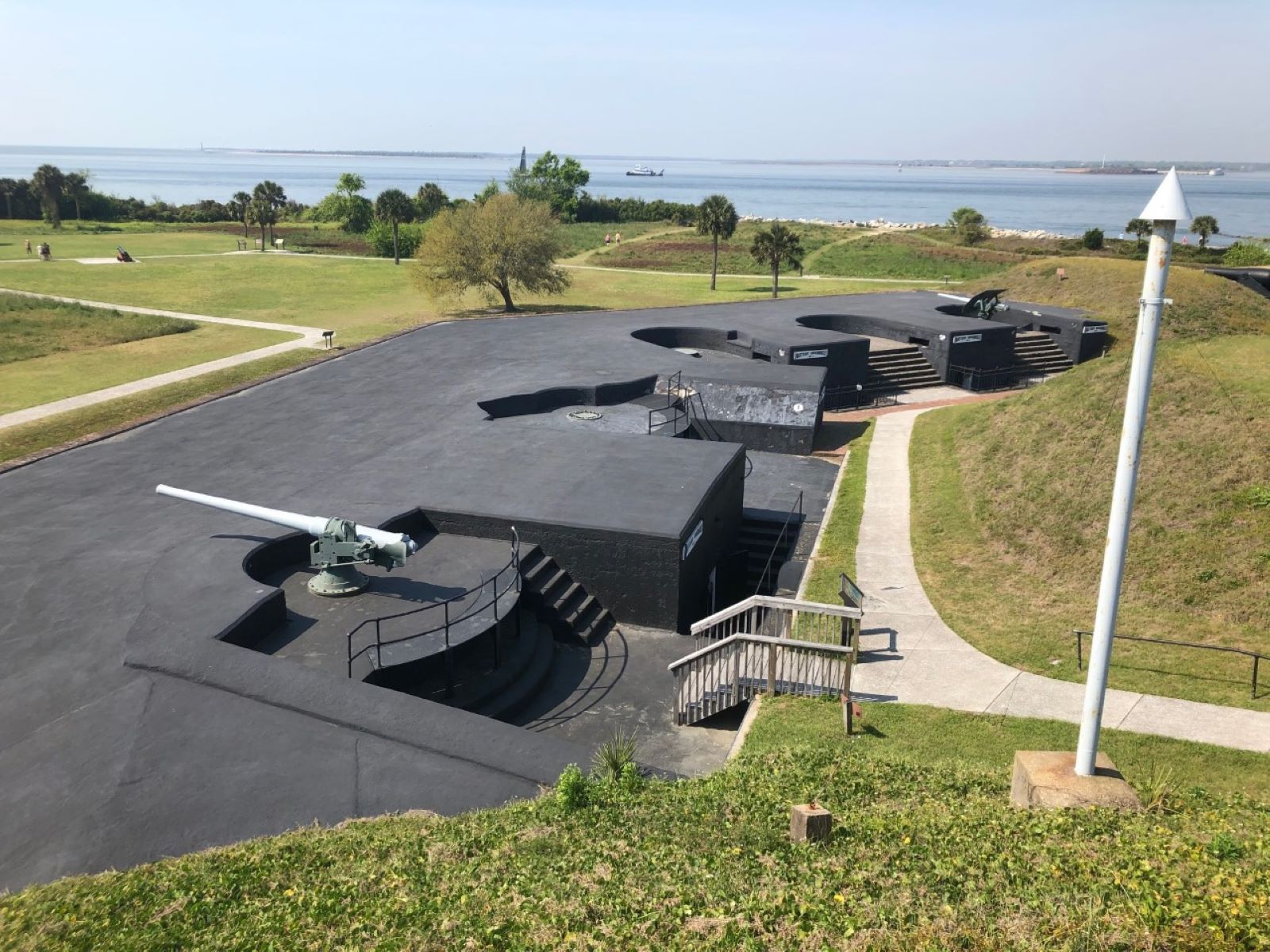
Battery HugerLocated inside Fort Sumter, Battery Huger houses the park's museum, museum store, and restrooms. Battery Huger was built to protect Charleston Harbor and served from 1899 - 1947. 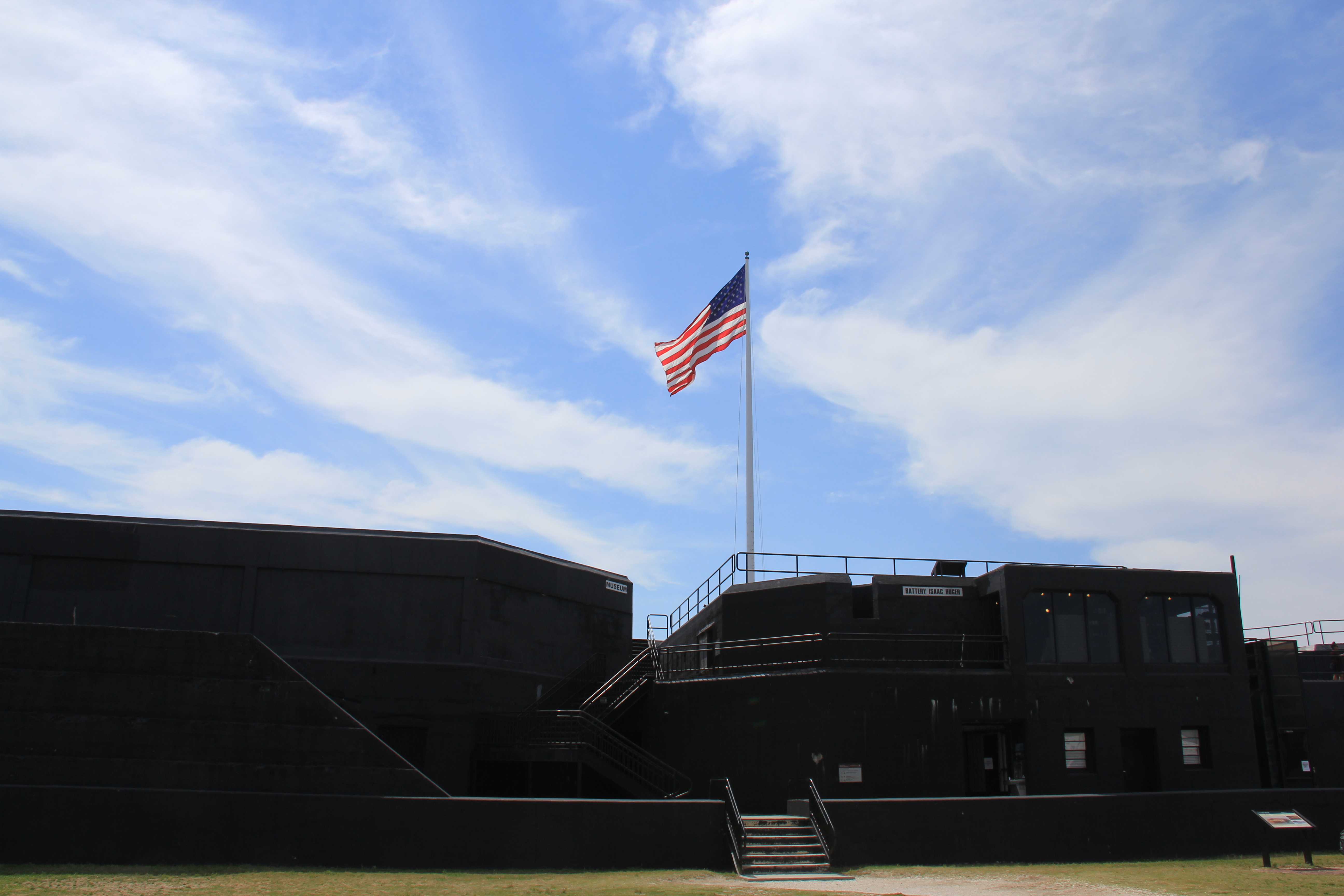
Battery JasperBattery Jasper, part of Fort Sumter and Fort Moultrie National Historical Park, is located on Sullivan's Island. It served as the primary Endicott System battery from 1898 - 1943. 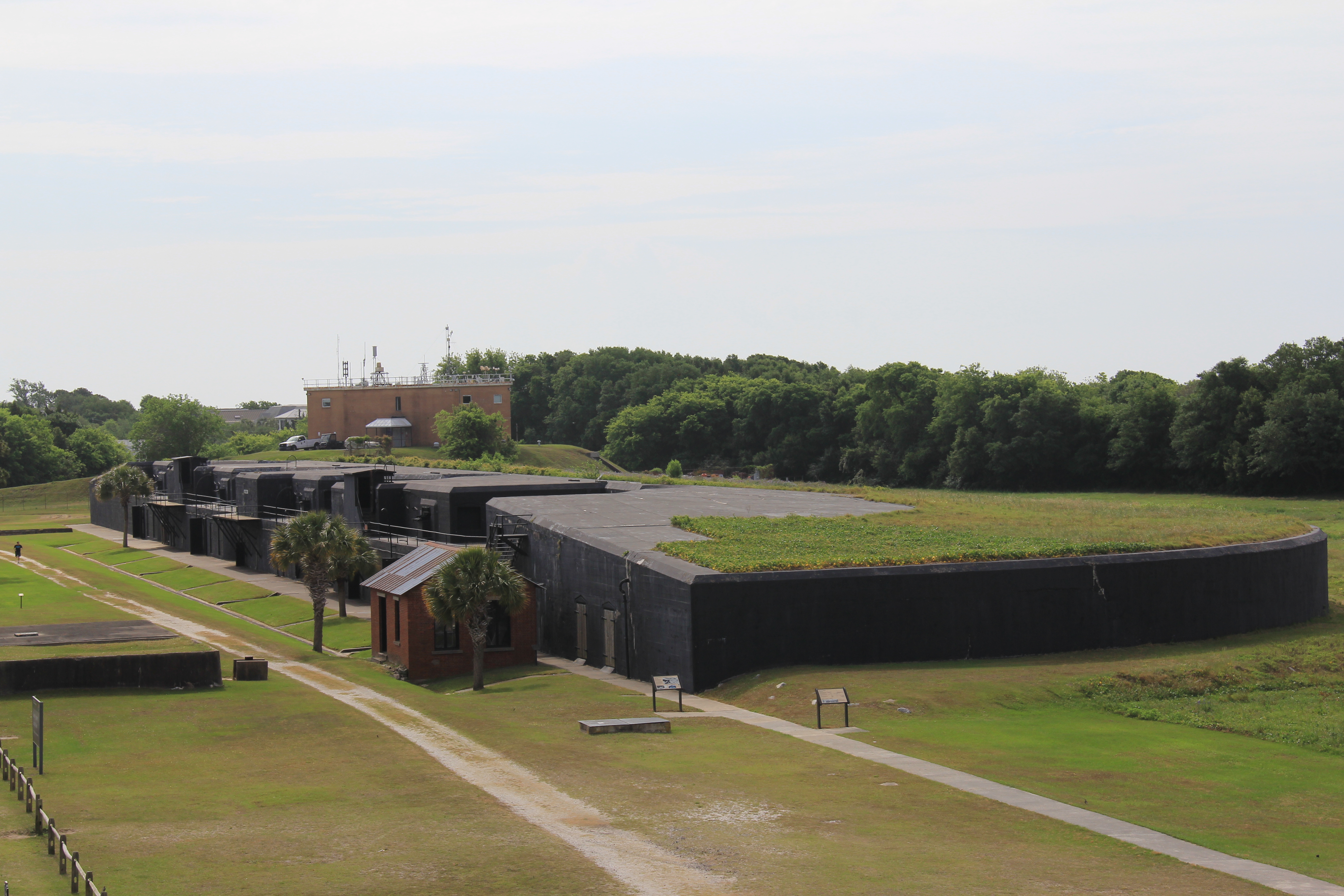
Cannon Row at Fort MoultrieCannon Row, a collection of rare Civil War artillery, is located near Fort Moultrie on Sullivan's Island. Staff at Fort Sumter and Fort Moultrie National Historical Park preserve and interpret the collection. 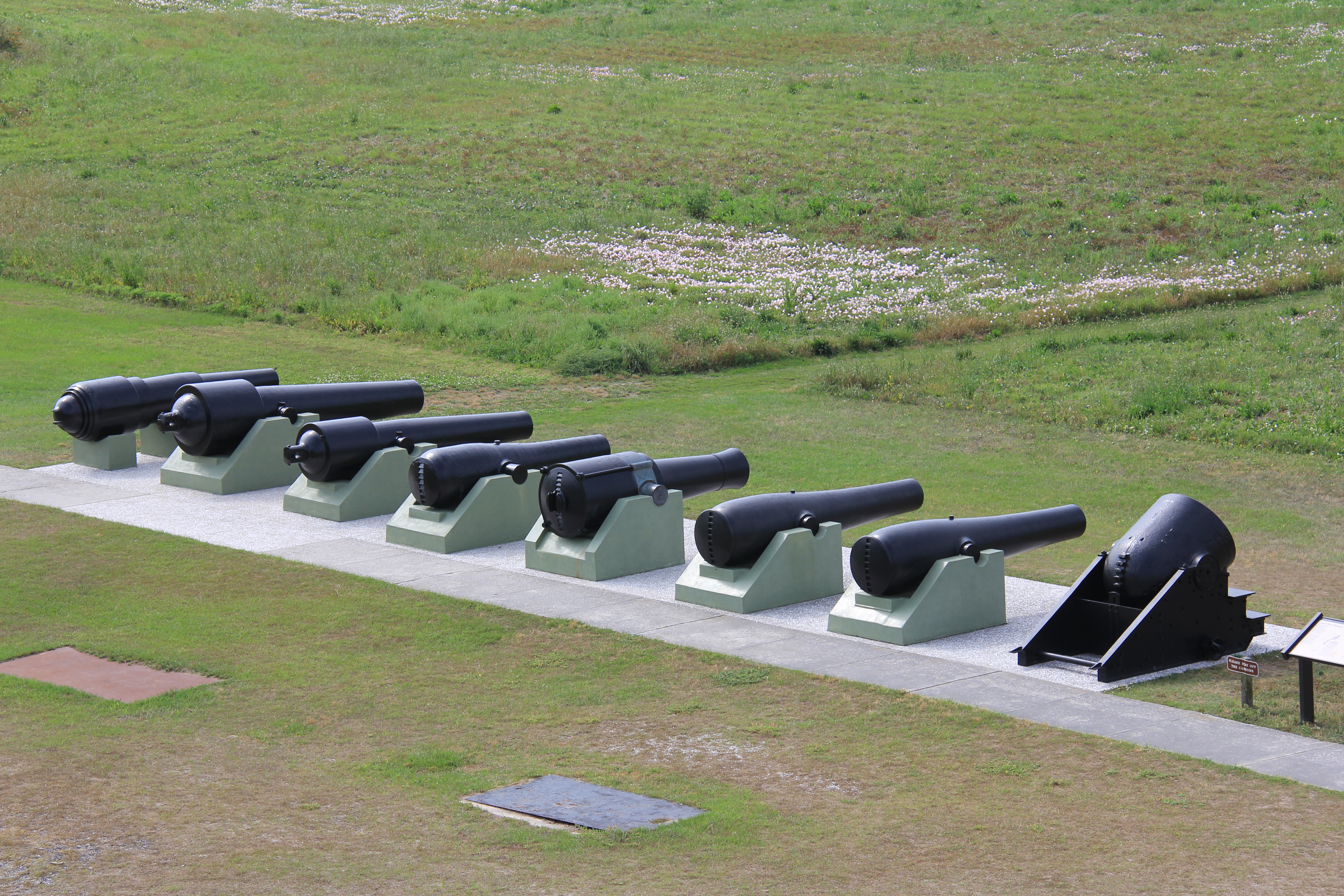
Fort Moultrie Fishing DockThe dock at Fort Moultrie is available for fishing, birdwatching and admiring the views of the Charleston area. 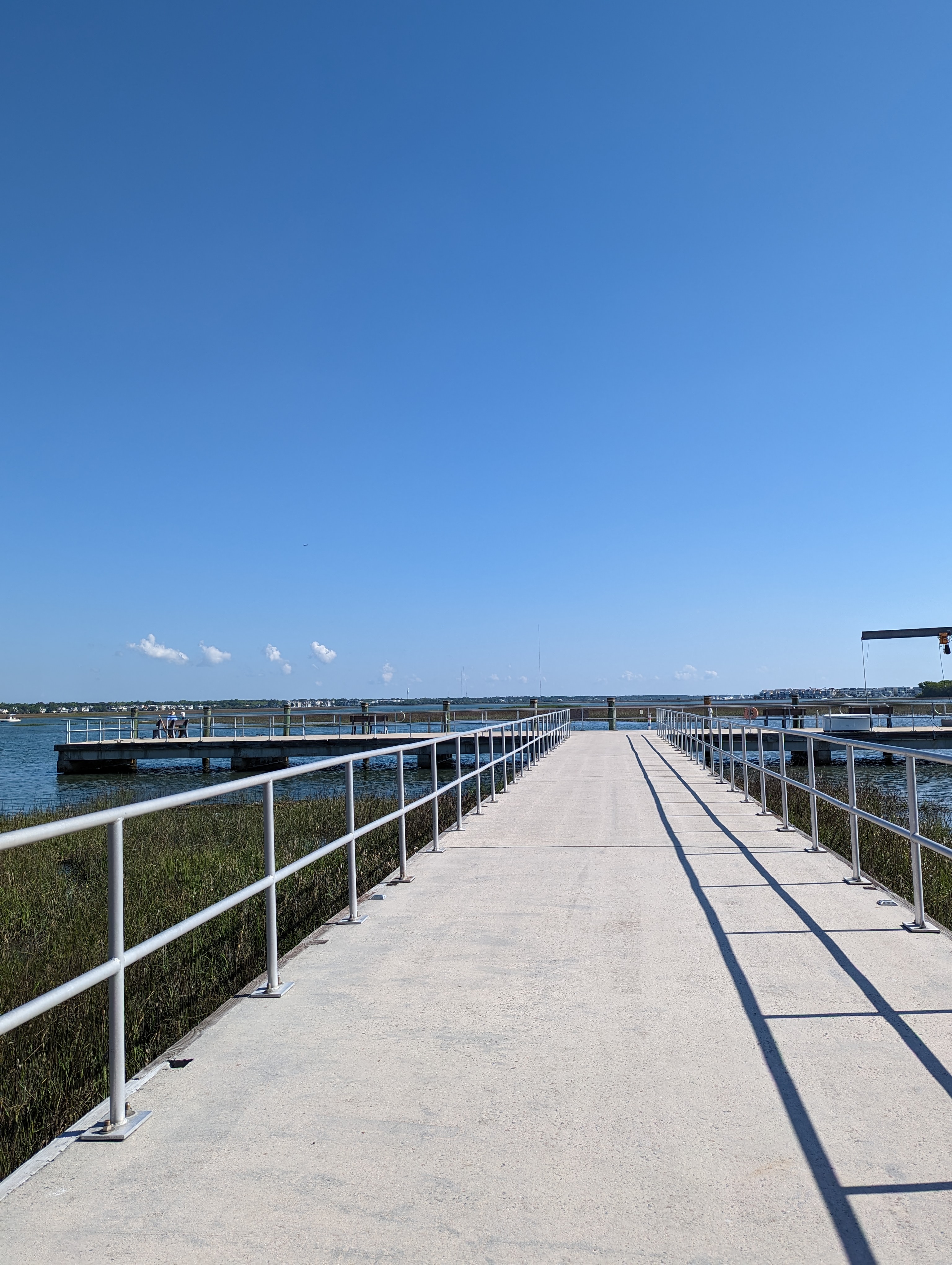
Fort Moultrie Torpedo StorehouseThe Fort Moultrie Torpedo Storehouse is a historic building located on the park grounds. Today the storehouse serves as the headquarters and administration building for the park. 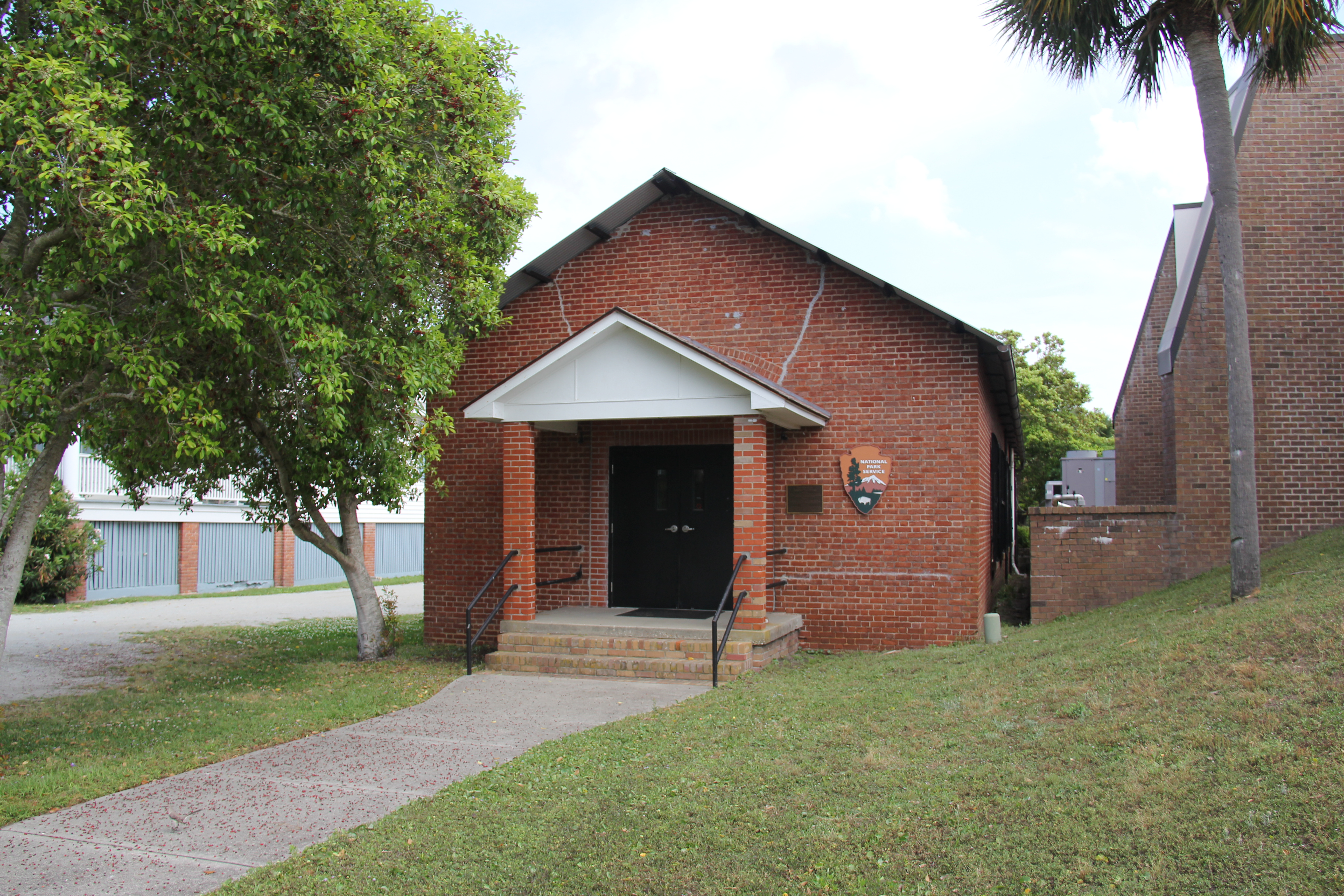
Fort Moultrie Visitor CenterThe Fort Moultrie Visitor Center houses a museum, the ANP bookstore and a movie theater. 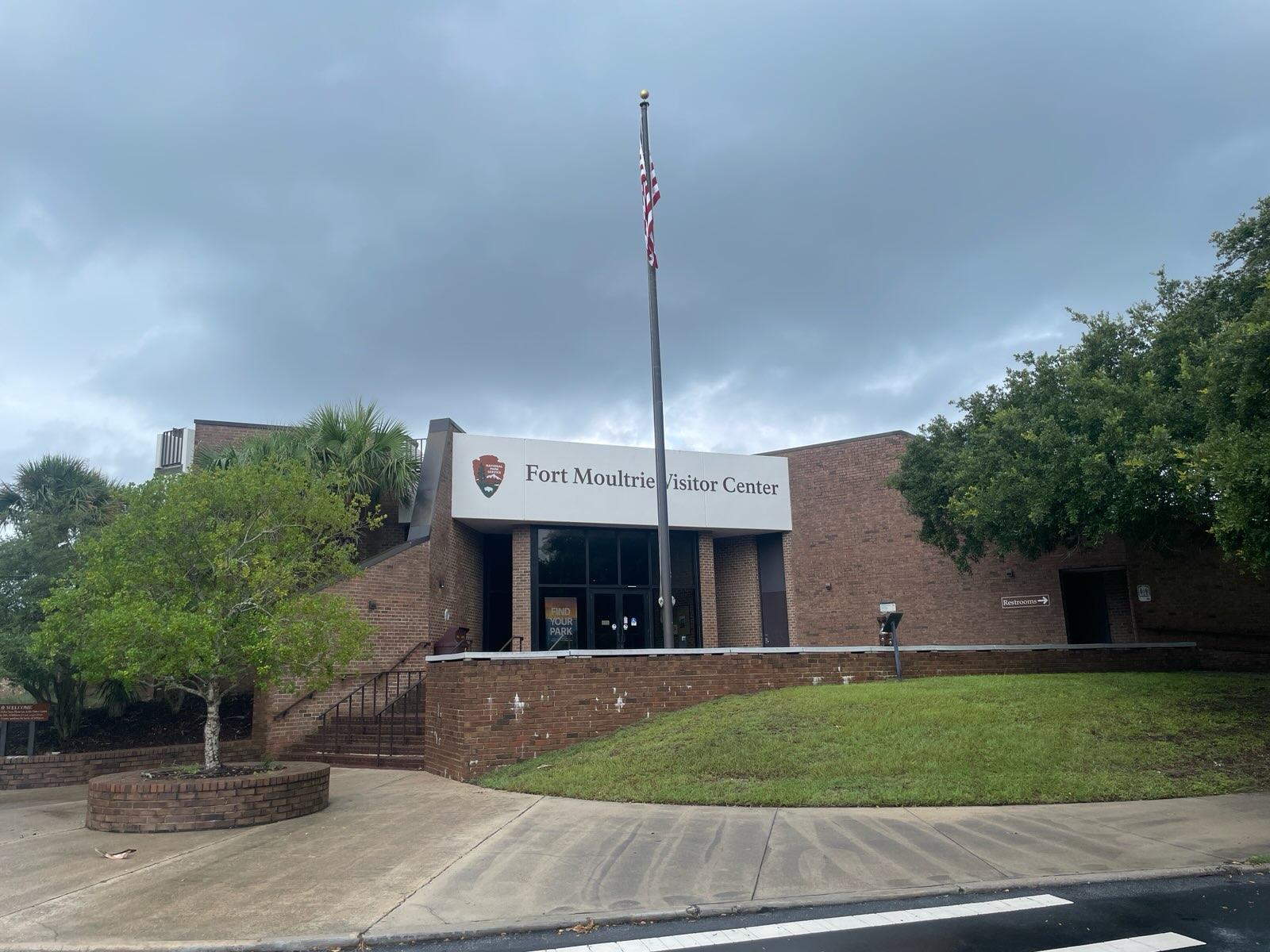
General Moultrie's GraveThe grave of William Moultrie, a gravestone with an inscription is surrounded by a black metal fence. 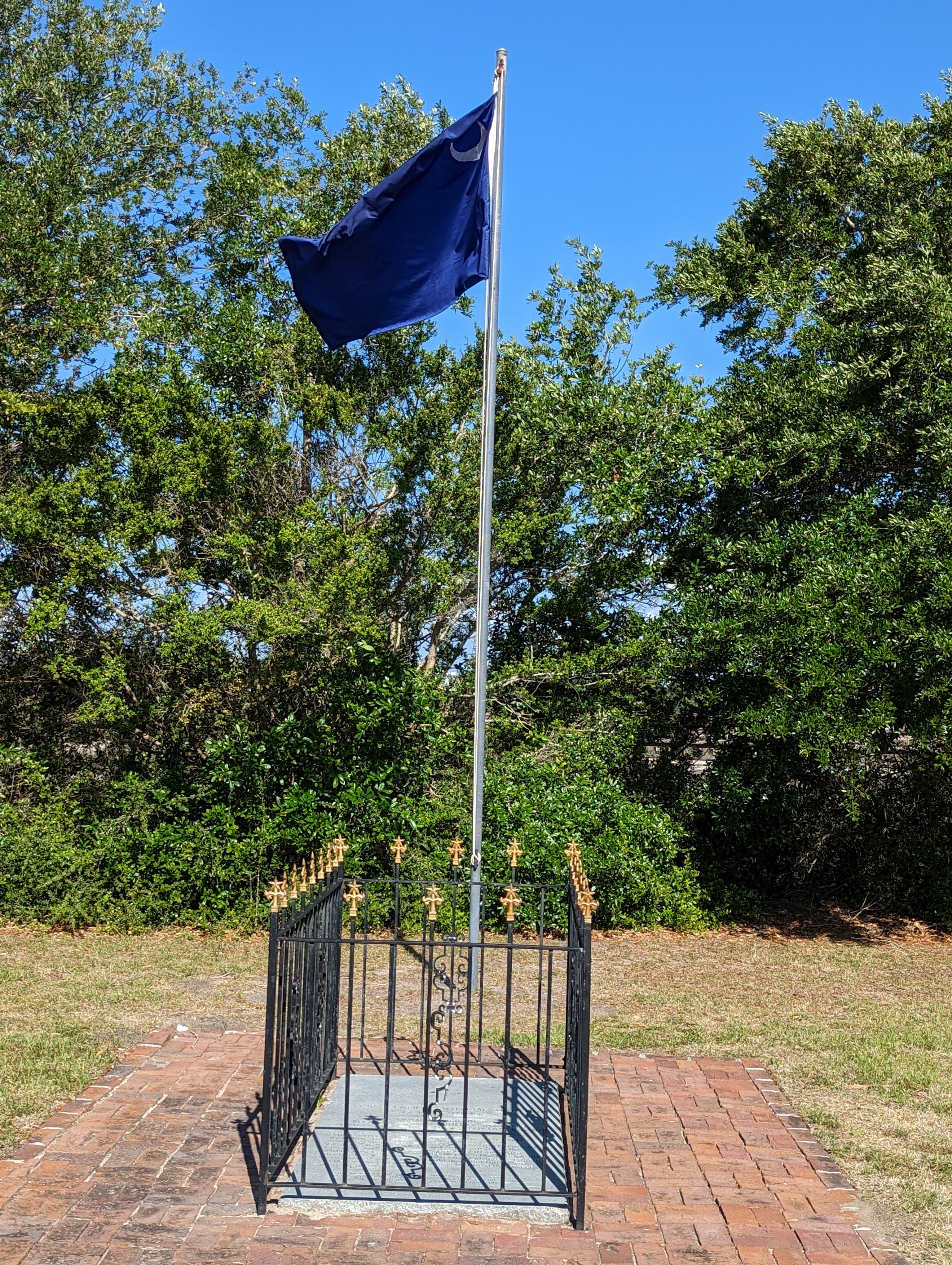
Harbor Entrance Control Post at Fort MoultrieThe Harbor Entrance Control Post is located inside the walls of Fort Moultrie on Sullivan's Island. Built in 1944, it was a joint Army/Navy installation to coordinate the defense of Charleston Harbor. 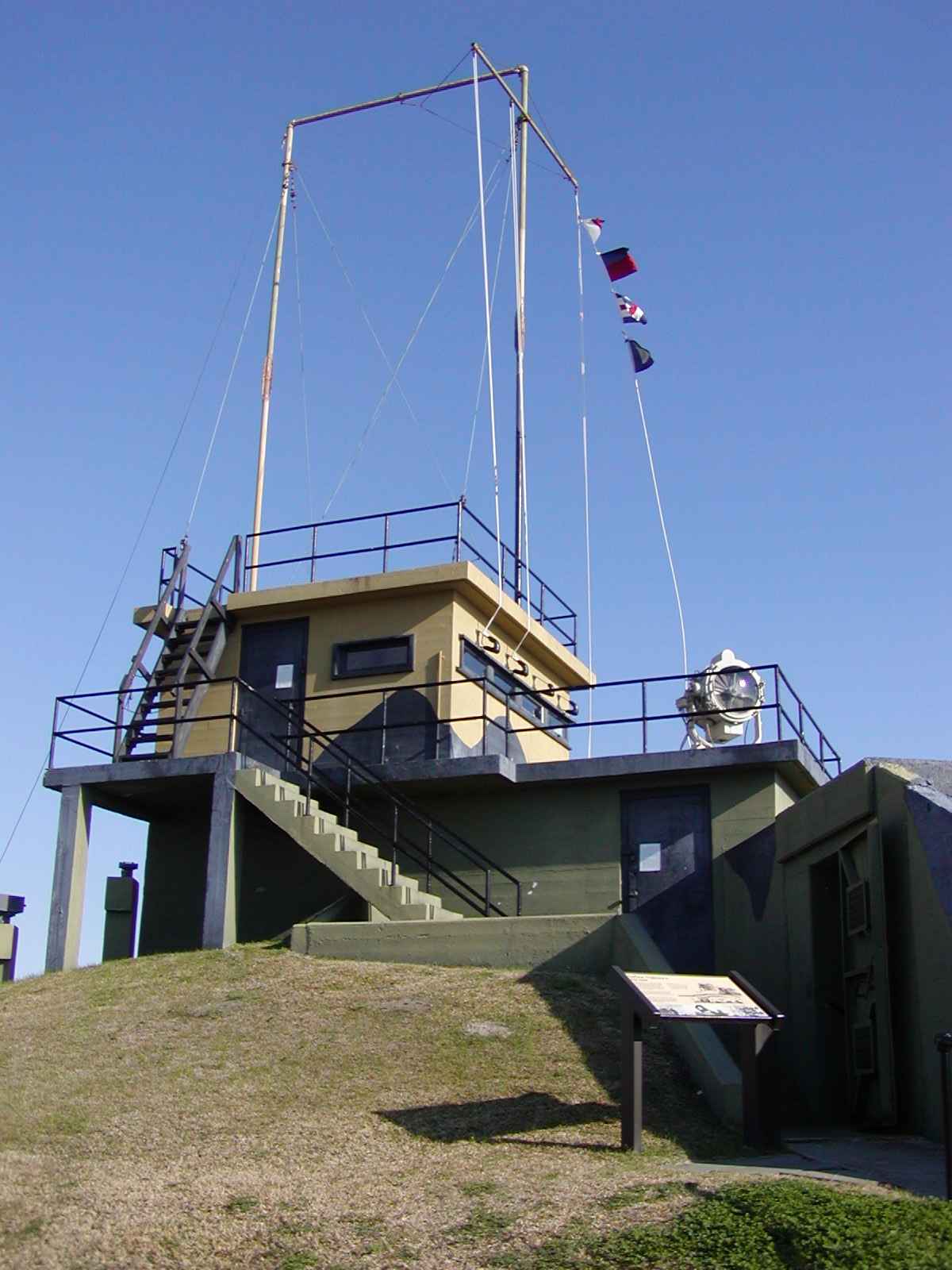
The Bench By the RoadA black metal bench placed by the intracoastal waterway, the Bench by the Road asks us to stop and take a moment to reflect on the lives lost during the Middle Passage. 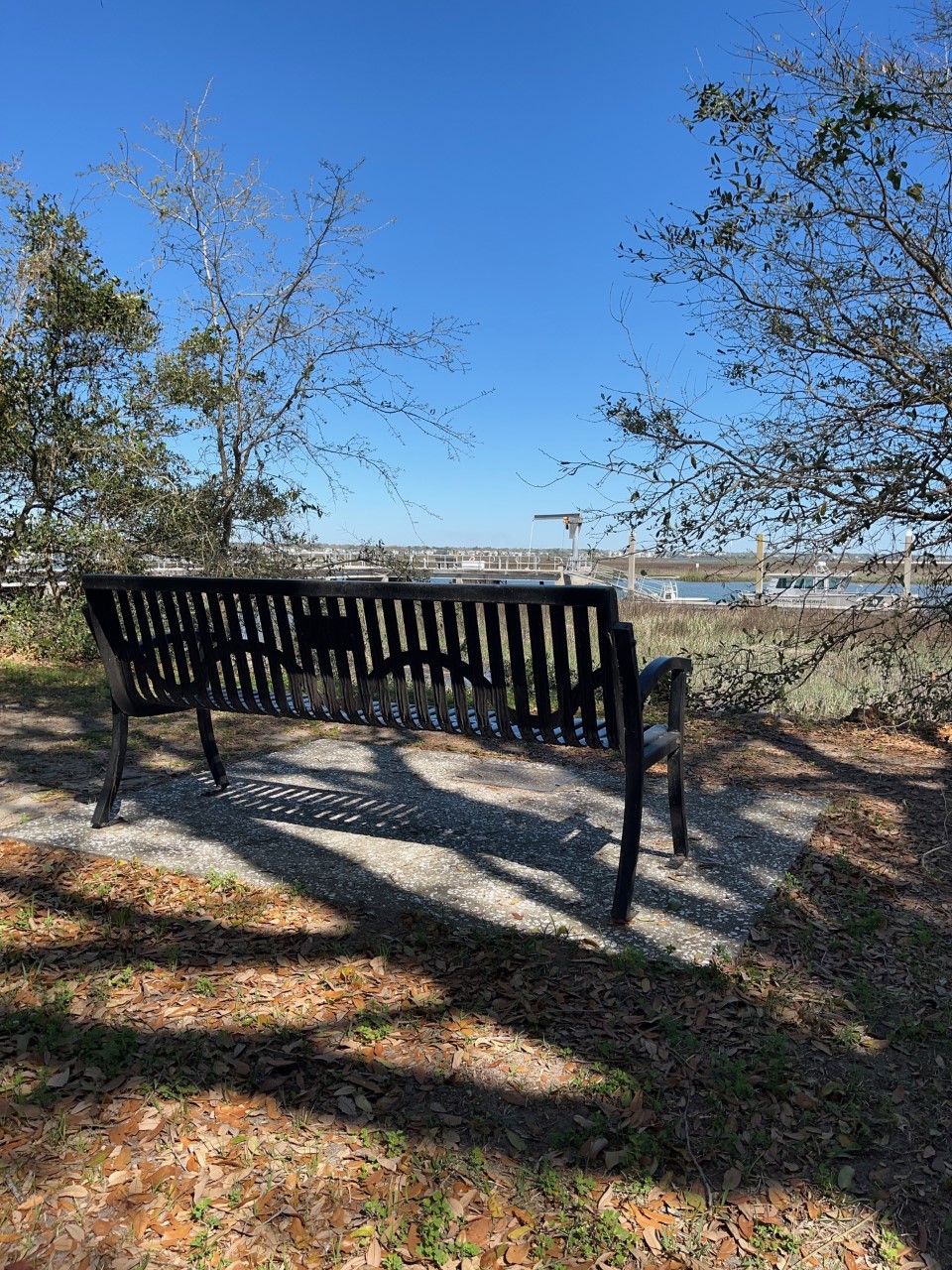
USS Patapsco MonumentThe USS Patapsco monument is a small gray obelisk outside of Fort Moultrie that remembers the lives lost when the Patapsco sank in Charleston Harbor during the Civil War. 5 sailors are buried beneath the monument. 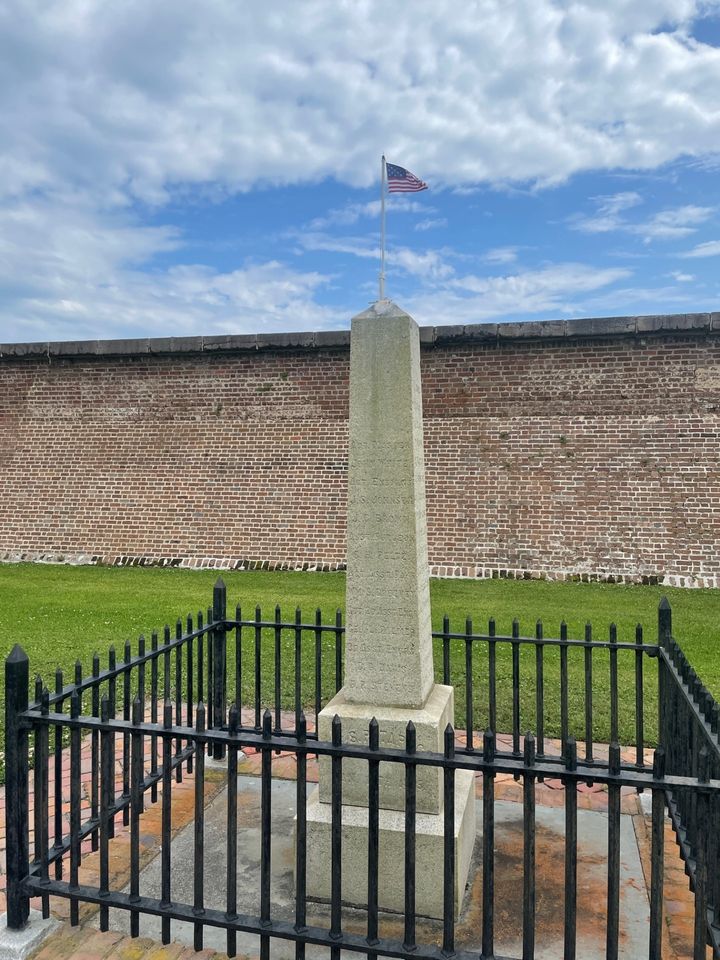
|
| Visitor Centers | Count: 2
Fort Moultrie Visitor Center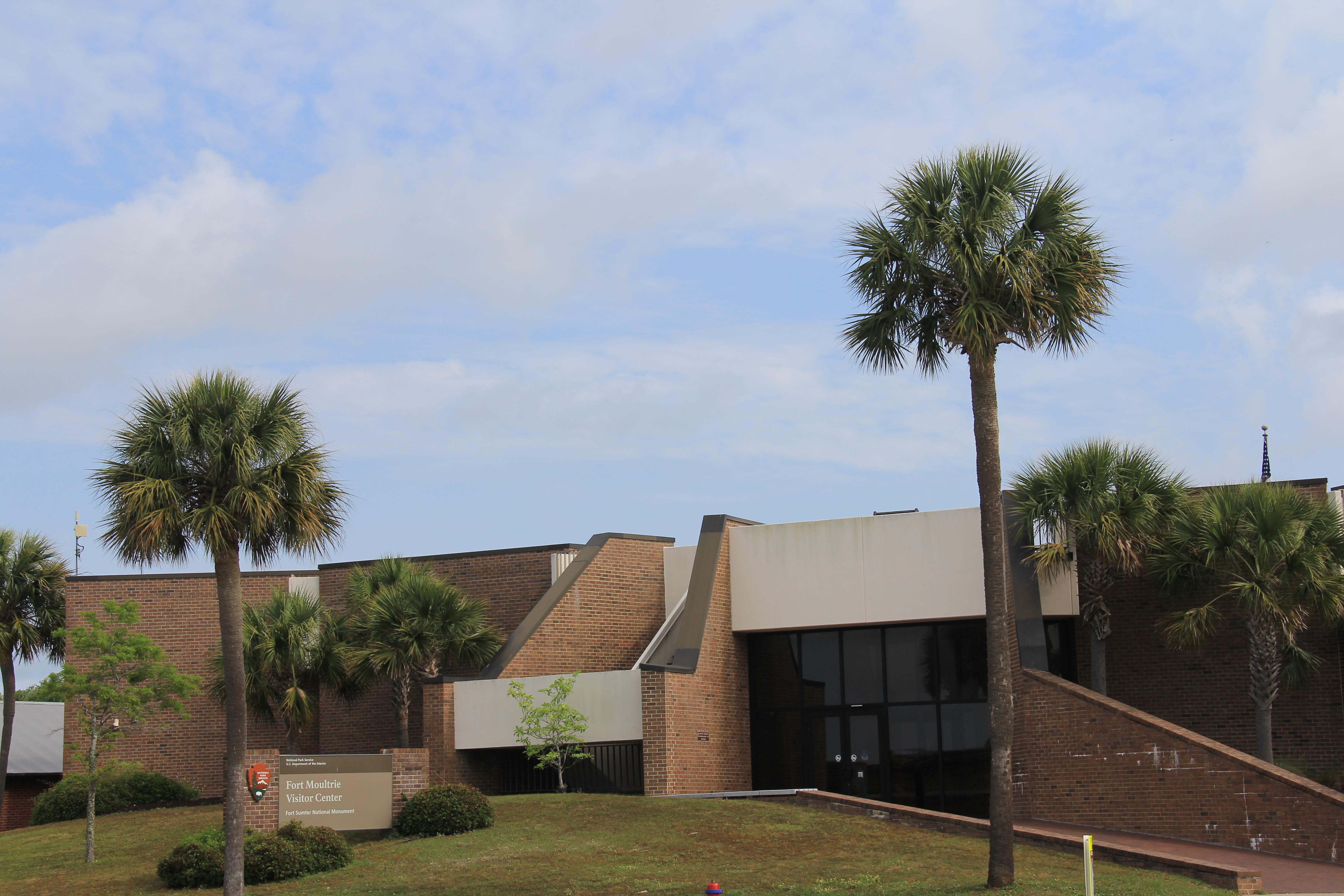
Fort Sumter Visitor Center at Liberty Square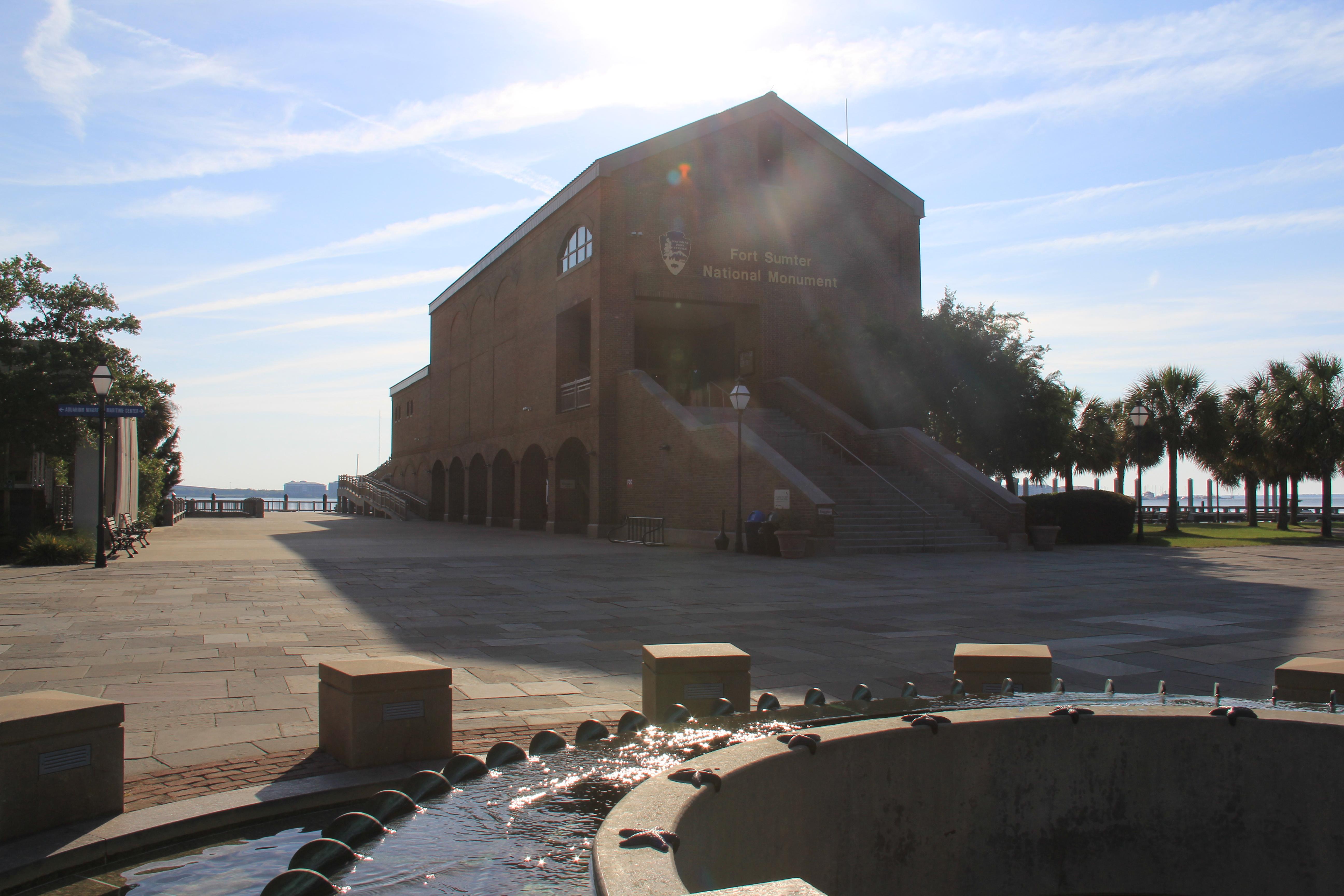
|
| Things to do | Count: 0
|
| Tours |
Count: 0
|
| Articles |
|